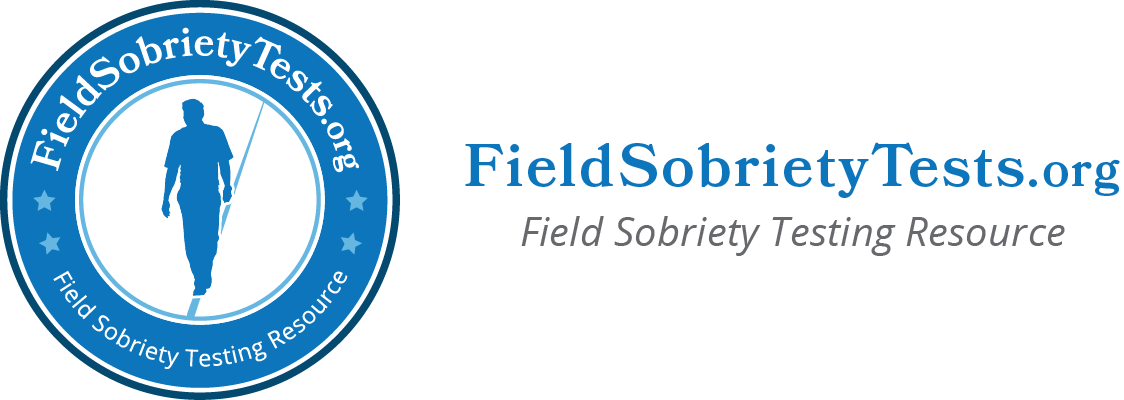Horizontal Gaze Nystagmus
Nystagmus is the medical term used to describe the involuntary jerking of the eyeballs. When someone is intoxicated by alcohol and/or certain drugs, this jerking becomes more pronounced. As such, the horizontal gaze nystagmus test is used by law enforcement agents to evaluate an individual's nystagmus in order to determine if probable cause exists for a drunk-driving arrest.
Horizontal Gaze Nystagmus Test Procedure
Prior to administering the horizontal gaze nystagmus test, the officer will evaluate your eyes to look for resting nystagmus, equal pupil size and equal tracking (that is, if both eyes can follow an object together). If any of these factors are exhibited, there is chance of an existing medical condition or injury that will render the test unreliable.
To administer the test, the officer will hold a small object approximately 12-15 inches from your nose and slowly move it from one side to the other. You will follow the object with your eyes while keeping your head still.
The officer will look for three different clues in each (for a total of six) during the test. One is lack of smooth pursuit—are the eyes jerking or bouncing while following the stimulus? Next, the officer will look for nystagmus that sets in before the eyes reach a 45 degree angle. The last clue is nystagmus at maximum deviation, which means that the eyes begin jerking within four seconds while looking all of the way to the side.
If the officer observes four or more clues, he or she has probable cause to make an arrest for driving under the influence.
Challenging the Horizontal Gaze Nystagmus
Even when administered in the most ideal of scenarios, the horizontal gaze nystagmus is only 77% accurate in determining if an individual is impaired. Not only that, but there are numerous neurological, medical and eyes conditions that could cause the onset of nystagmus—which is something only a doctor, not a police officer, could determine.

